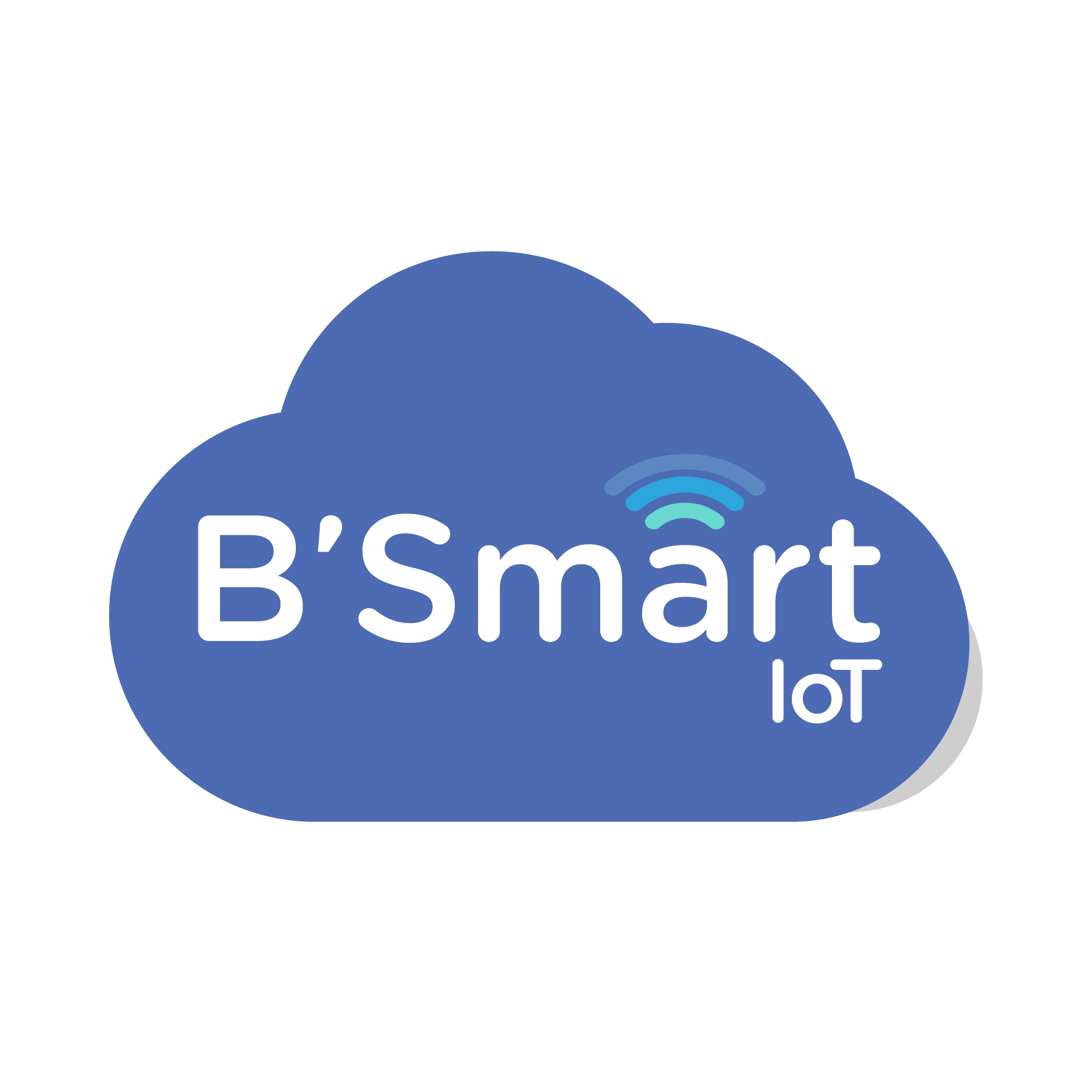Fleet management in locations without GSM
Fleet management is today something unavoidable for any company that has a fleet of vehicles and / or machines, even in locations without GSM coverage, since it helps to automate data collection processes and centralized information generation that increase efficiency, optimize resources and facilitate the analysis of the data collected. An example of efficient fleet management would be the capture of machine hours or the mileage made by a vehicle or machine, data that can help us, for example, to control preventive maintenance checks. But what happens when we have machines or vehicles in remote areas such as those where there is no GSM coverage? An example is found in areas of oil exploitation(Vacamuerta in Argentina for example)or mining exploitations. In this case, fleet management becomes somewhat more complex and expensive in terms of equipment cost and connectivity.
On the one hand we have the equipment to be installed in each machine / vehicle, which must have satellite communications, and on the other the cost of satellite communications, with an average price much higher than GSM communications (2250 Euros / MB compared to 0.1 Euros / MB in the case of GSM). What then can be a viable solution in this case?
A LORA network is characterized by achieving very long distance communications (of the order of 15Km in the open field for a LORAWAN network), through devices with a cost similar to a GSM device, and with a battery life of 5 to 7 years sending data once a day. Why not then deploy a LORA network that communicates the data to a single Gateway and that it transfers the data via satellite?
We show here the architecture of the network to be deployed:
What would we gain then by having a LORA network to capture the data?
- Each device installed in the machine/vehicle communicates via LORA with the Gateway that is installed in the place where the machines work and that can be within a radius of up to 15Km from the devices.
- Each device sends a 140-byte message in which all the necessary information goes; geolocation, machine hours, etc. You could send for example a message/day and machine.
- The devices installed in the machines for data capture have 7 years of autonomy and are easy to install.
- A LORA network can be configured and tested in the office and sent ready for immediate deployment by non-specialized personnel. It is also possible to remotely monitor the entire network as long as it has connectivity.
- In case of having a GSM / ADSL connection less than 100Km, it could be linked via WIFI and bypass satellite communications.
Taking into account the drastic reduction of costs in both equipment and communications, I think it is an alternative to explore in situations where we need to have fleet management but do not have viable and affordable connectivity.
